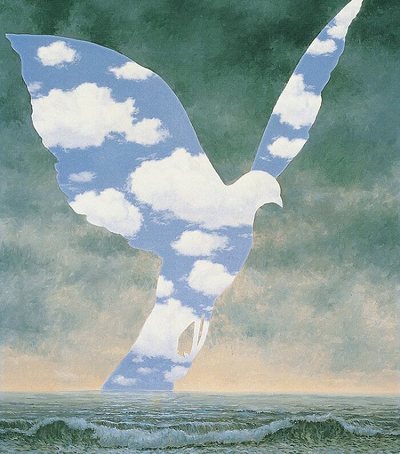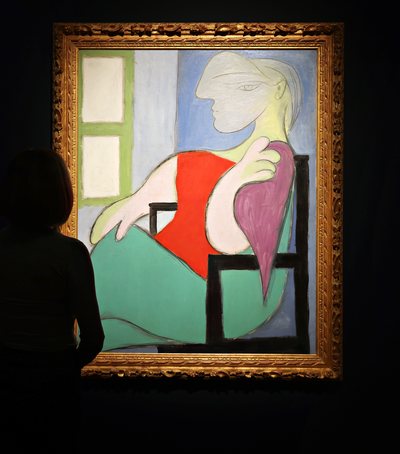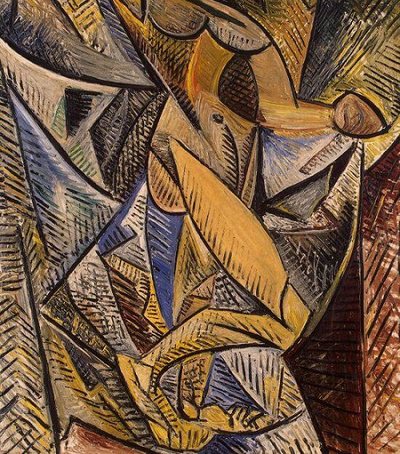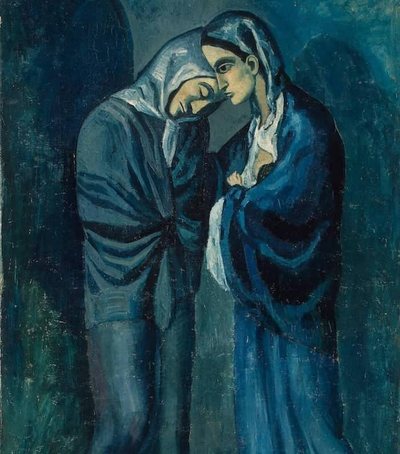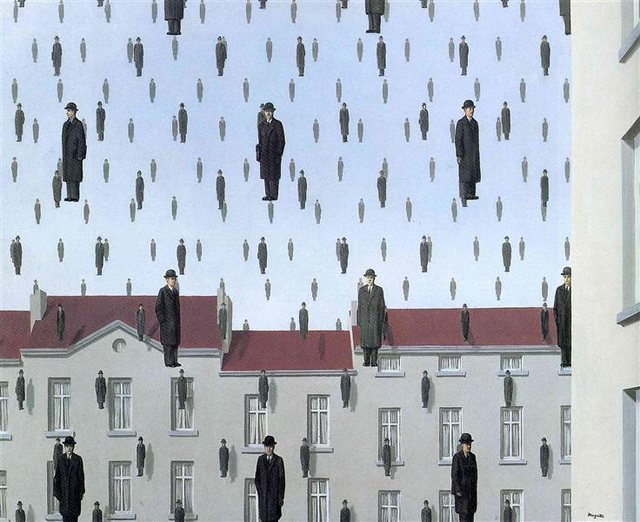
The painting “Golconda” depicts a scene of men dressed almost identically in black coats and republican hats, who appear to be falling like torrential rain (or floating like helium balloons, although there is no indication of weather), against a backdrop of buildings and blue sky. The men are arranged in hexagonal grids.
Magritte himself lived in a similar suburban environment and dressed in a similar fashion. The republican hat is a common feature of most of his works and also appears in the painting “The Son of Man.”
As was often the case with Magritte’s works, the title “Golconda” was chosen by his poet friend, Louis Scutenaire. Golconda was a ruined city in the Indian state of Andhra Pradesh, near Hyderabad, which from the mid-14th century to the late 17th century was the capital of two successive empires. Its fame as the centre of the region’s legendary diamond industry was so great that the name remains, according to the Oxford English Dictionary, “a synonym for a source of wealth.”
Magritte included the likeness of Scutenaire himself in the painting; his face is used for the large man near the chimney of the house on the right of the painting.
Article source:
https://www.renemagritte.org/golconda.jsp
Photo Credits:
https://www.wikiart.org/en/rene-magritte/gonconda-1953

